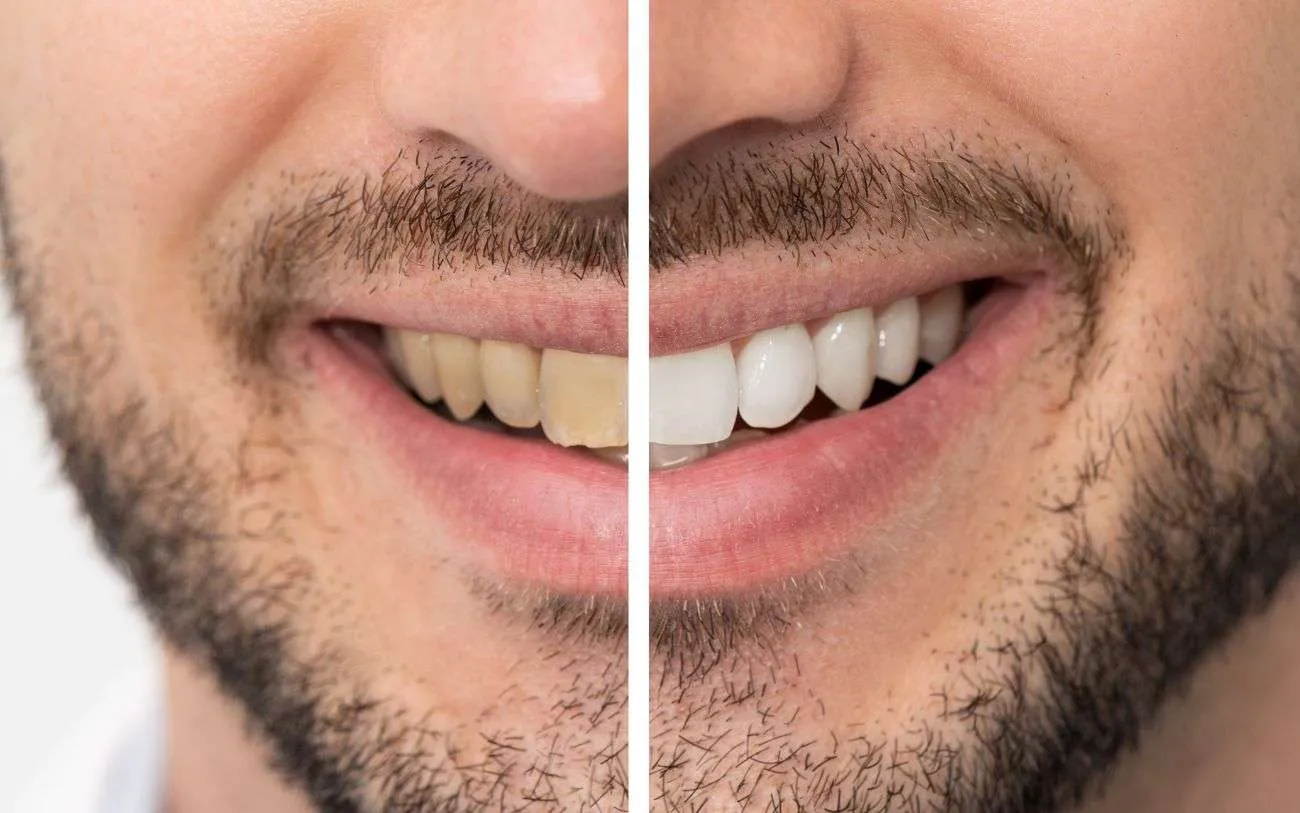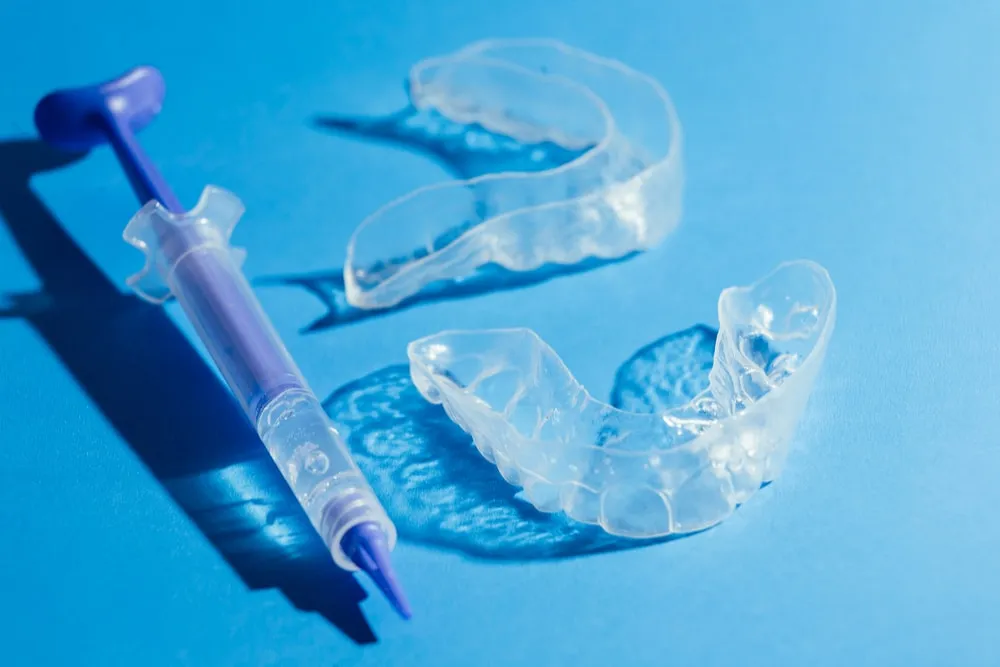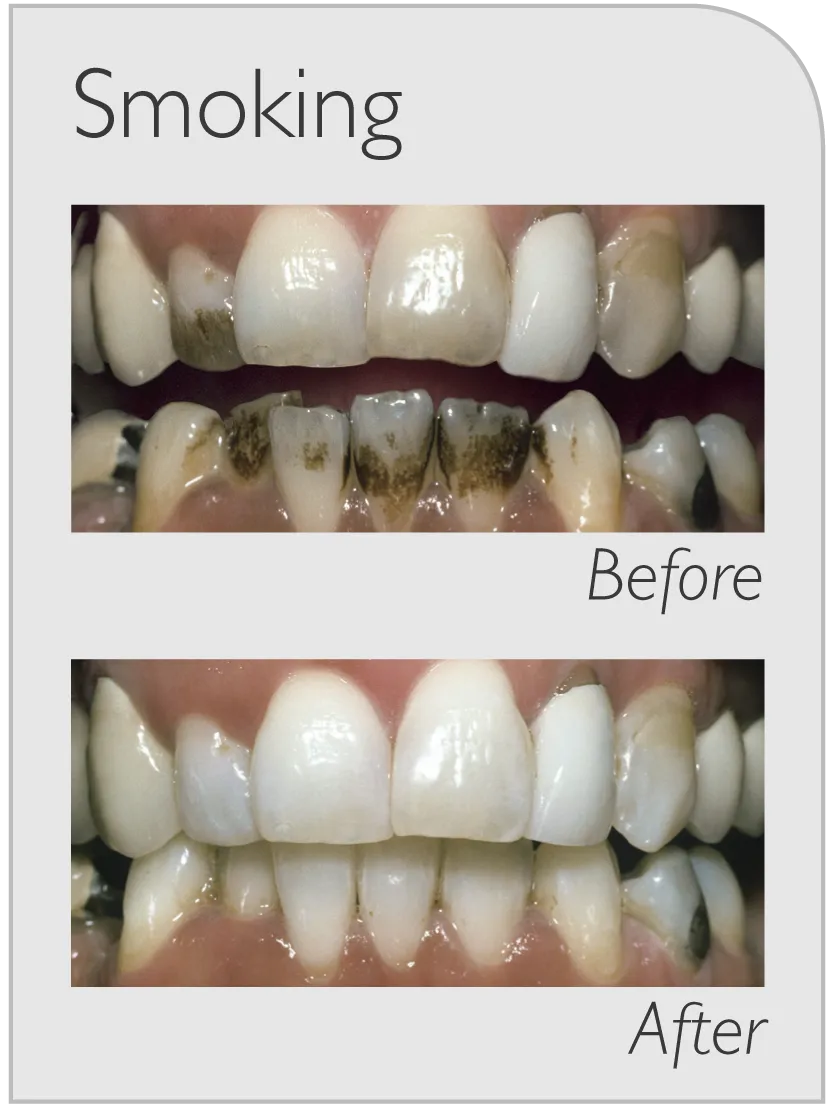The Impact of Smoking on Whitening Trays
Using whitening trays and smoking at the same time can significantly undermine your efforts to achieve a brighter smile. Smoking introduces numerous harmful substances into your mouth, directly impacting the effectiveness of whitening treatments and potentially causing long-term damage. Understanding these impacts is crucial for anyone considering teeth whitening while also being a smoker. The combination can lead to disappointing results, increased oral health risks, and a waste of both time and money invested in the whitening process. Taking the necessary precautions is key to protect the investment on the whitening trays.
Staining and Discoloration
One of the most immediate effects of smoking on teeth is staining and discoloration. Tobacco products contain tar and nicotine, which are notorious for adhering to the enamel surface of your teeth. When you use whitening trays, the bleaching agent is designed to remove stains and lighten your teeth. However, if you continue to smoke, new stains are constantly being introduced, counteracting the whitening process. This means that while the trays might offer some initial improvement, the effects will be short-lived, and your teeth will quickly revert to a stained appearance. Over time, the stains become deeper and more difficult to remove, making it harder to achieve the desired results. Also, the process can become more expensive because you might need to perform it multiple times.
Reduced Effectiveness

The chemicals in tobacco not only stain the teeth but can also reduce the effectiveness of the whitening agents in the trays. The nicotine and tar create a barrier on the tooth surface, preventing the whitening gel from penetrating the enamel efficiently. This means the bleaching process works much slower, and the overall whitening effect is diminished. Smokers often find that their teeth don’t whiten as much as non-smokers, even with consistent use of whitening trays. This inefficiency means you might need to use the trays for longer periods, increase the concentration of the whitening gel, or repeat the treatment more frequently, all of which can increase the risk of side effects and are often ineffective. The chemicals will reduce the effectiveness of any teeth whitening process.
Increased Sensitivity
Smoking can increase tooth sensitivity, a common side effect of teeth whitening. The chemicals in tobacco can weaken the enamel, making teeth more susceptible to sensitivity. When the whitening gel comes into contact with teeth that are already sensitive, it can cause increased discomfort. Smokers who use whitening trays might experience more intense or prolonged sensitivity compared to non-smokers. This can make the whitening process unpleasant and may even lead to discontinuing the treatment. Furthermore, increased sensitivity can make it difficult to eat or drink hot or cold foods and beverages.
Damage to Teeth and Gums
Smoking is a major risk factor for gum disease and tooth decay. The chemicals in cigarettes and other tobacco products weaken the gums and increase the likelihood of developing cavities. When you combine this with teeth whitening, the potential for complications increases. Whitening trays can sometimes irritate the gums, and when the gums are already compromised by smoking, the risk of inflammation and other issues rises. The overall health of the teeth and gums is essential for a successful whitening experience, and smoking undermines this by increasing the risk of tooth loss, gum recession, and other serious oral health problems. The investment on whitening trays is worthless if the user has serious oral health problems.
7 Steps to Protect Your Smile While Using Whitening Trays

While it’s best to quit smoking before starting teeth whitening, it’s not always an easy process. If you’re committed to whitening your teeth while still smoking, there are steps you can take to minimize the damage and maximize the whitening results. It’s important to understand that these are damage control measures, and quitting smoking remains the most effective way to protect your oral health and the success of your whitening treatment.
Step 1 Wait Until You’ve Stopped Smoking
The ideal scenario is to quit smoking before you start using whitening trays. This gives you the best chance of achieving the desired results and minimizing the risks. The longer you can go without smoking, the better your teeth whitening outcome will be. Consider using this as motivation to help stop smoking. Consult your dentist about strategies and solutions to quit smoking.
Step 2 Consult with a Dentist
Before starting any teeth whitening treatment, especially if you smoke, consult your dentist. They can assess the health of your teeth and gums, determine if whitening is appropriate, and recommend the best approach. They can also provide you with a professional cleaning to remove surface stains, which can improve the effectiveness of the whitening trays. Your dentist can offer personalized advice and monitor your progress, ensuring that you are on the right track to achieve a brighter smile.
Step 3 Thoroughly Clean Your Teeth

Maintain impeccable oral hygiene. Brush your teeth at least twice a day with fluoride toothpaste, and floss daily to remove plaque and food particles. This will help to minimize the buildup of stains and keep your teeth as clean as possible. Consider using an electric toothbrush for more effective cleaning, as it can remove more plaque than a manual toothbrush. Regular cleaning ensures the whitening agent can reach the enamel surface and provide the best result.
Step 4 Use Whitening Trays as Directed
Follow the instructions provided by your dentist or the manufacturer of the whitening trays. Using the trays correctly ensures that the whitening agent is applied properly and for the right amount of time. Avoid overuse, as this can lead to increased sensitivity and other side effects. If you have any questions or concerns, consult your dentist for guidance. Proper usage is crucial to achieve the desired results and minimize risks.
Step 5 Avoid Smoking Immediately After Use
To minimize staining, avoid smoking immediately after using your whitening trays. This will give the whitening agent time to work and reduce the chance of new stains forming. Try to wait as long as possible, ideally several hours, before smoking after treatment. This small change can make a big difference in the effectiveness of your whitening efforts and protect your teeth from further discoloration. Waiting is an easy, yet effective, measure to make sure the whitening will be effective.
Step 6 Rinse Your Mouth

After smoking, rinse your mouth thoroughly with water or a mouthwash designed to combat staining. This helps to remove some of the tobacco residue and prevent it from settling on your teeth. Rinsing is a simple but effective step to reduce the impact of smoking on your teeth. Choose a mouthwash that is alcohol-free and designed to reduce staining, which can further enhance your efforts to maintain a brighter smile.
Step 7 Maintain Regular Dental Checkups
Regular dental checkups and professional cleanings are crucial for maintaining your oral health. Your dentist can monitor your teeth, identify any problems early, and provide professional cleaning to remove stains and plaque. Regular checkups help prevent oral health problems and provide the best chance for your whitening efforts to succeed. Following this step will maintain the health of your teeth and extend the benefits of using whitening trays.
Alternatives to Smoking and Maintaining Whitening
While using whitening trays while smoking presents challenges, there are alternatives to help improve your oral health. Combining these practices with your whitening treatment can significantly improve your smile. Consider adopting some of these alternatives to enhance your results.
Quitting Smoking Strategies

Quitting smoking is the single most effective thing you can do for your oral health and the success of your teeth whitening efforts. There are numerous resources available to help you quit, including nicotine replacement therapy, prescription medications, and counseling. Support groups, online communities, and apps can provide additional support and encouragement. Consulting with a doctor can offer a personalized plan to help you succeed. By quitting smoking, you not only enhance your whitening results but also significantly improve your overall health.
Oral Hygiene Practices
Maintain a rigorous oral hygiene routine to combat the effects of smoking. Brush your teeth twice a day with fluoride toothpaste, floss daily, and consider using an alcohol-free mouthwash. Regular professional cleanings can help remove surface stains and plaque. You can also incorporate other habits to support oral hygiene such as avoiding sugary foods, staying hydrated, and chewing sugar-free gum to stimulate saliva flow. Consistent oral hygiene is essential for protecting your teeth and maintaining a bright smile.
Regular Dental Cleanings and Checkups
Schedule and attend regular dental checkups and professional cleanings to maintain your oral health. Your dentist can assess your teeth, identify any potential issues, and provide professional cleaning to remove stains and plaque. Regular checkups are essential for maintaining the health of your teeth and maximizing the benefits of any teeth whitening treatments you may be undertaking. With proper care and diligence, you can maintain the beauty of your smile.
